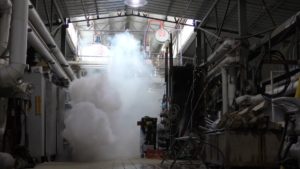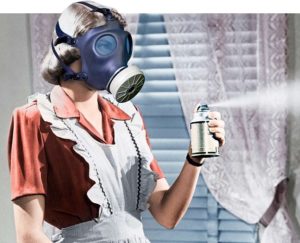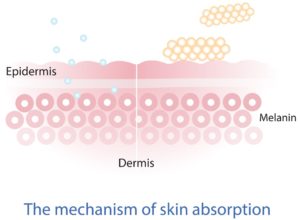The Safety Hierarchy states that hazards should be mitigated first by engineering controls, secondly by guarding, and lastly by warning/training. When the first two, engineering controls and guards, fail in a manufacturing setting, a chemical release could occur. A forensic chemical engineer can help determine the root cause of that failure.
Releases from failures like these cause thousands of workers every year to be injured on the job due to chemical exposure. Every one of those can be classified into one of the four paths to chemical exposure: injection, ingestion, inhalation, and absorption. Each of these paths can be blocked by specific personal protective equipment (PPE).
The first two, injection and ingestion, are relatively rare in an industrial or manufacturing setting. Injection is the occurrence of a chemical directly entering your bloodstream. The fictional secret agent being poisoned by the coated tip of an umbrella or the poison-laced blow darts from angry natives are two injection examples you may remember from movies of yore. Stepping on a nail is an unintended injection of material into the bloodstream, one that can be followed by a tetanus shot – an intended injection. Barrier-type PPE is the proper way to prevent this path of exposure. An example of this type of PPE includes steel-toed shoes with a steel shank.
Ingestion involves consuming a chemical. Again, intended, or unintended poisonings fall into this category. Not a whole lot of eating goes on in a manufacturing area, so that really cuts down on this type of exposure. Snark aside, if there was residual chemical on the hands of a worker who then ate, that is an example of ingestion. Wearing proper barrier PPE such as face shields, masks and gloves often blocks this path. Washing your hands after being out in the manufacturing area also prevents accidental ingestion.
Inhalation is the exposure route which involves the lungs and/or mucous membranes in the sinuses. This happens not just during releases of gases during incidents in manufacturing or transportation; the fumes given off by commercial tile mastic removers and other solvents can irritate those tissues. The PPE that blocks this path includes masks, respirators and supplied breathing-air systems.
Absorption is the pathway in which a chemical enters the bloodstream by passing through the skin or eyes. Again, for this to occur, the skin or eyes must be unprotected, so barrier PPE such as goggles, gloves, creams, and face shields block this path.
Exposure via any of the paths above is typically classified as either acute or chronic. Acute is exposure to a large amount of material or in high concentration in a very short time, often causing immediate health conditions. Chronic is continuous exposure to a small amount of material over a longer period. For example, an acute inhalation exposure of an operator would involve a large cloud of gas released into the area, while a chronic exposure would be the result from a smaller amount of material inhaled while taking process samples every day for many years.
So in summary, chemical exposure can harm you in several different ways, sometimes quickly, sometimes over many years. Proper use of PPE will greatly reduce the risk associated with chemical exposure. Wearing PPE every time and all the time as recommended for the best possible protection (and don’t be a spy).
As President of The Warren Group, Jennifer Morningstar, B.S.Ch.E, P.E., CFEI, has over 20 years of engineering experience. Her areas of emphasis include chemical release & exposure, OSHA compliance, boiler systems, industrial accident investigation, fires & explosions, product liability and scope of damage/cost to repair analyses. She spent 16 years working at a polyethylene terephthalate (PET) manufacturer. She is an OSHA-trained Process Hazard Analysis study leader and completed Root Cause Failure Analysis training to become an Incident Investigator. Jennifer authored procedures for lockout/tagout and confined space entry. She has experience as an energy management consultant in a variety of industries including mineral extraction, pulp & paper, animal harvesting & packaging (including rendering) and grain milling. Jennifer holds a Bachelor of Science Degree in Chemical Engineering from Virginia Polytechnic Institute and State University as well as a Master of Business Administration from the University of South Carolina.







